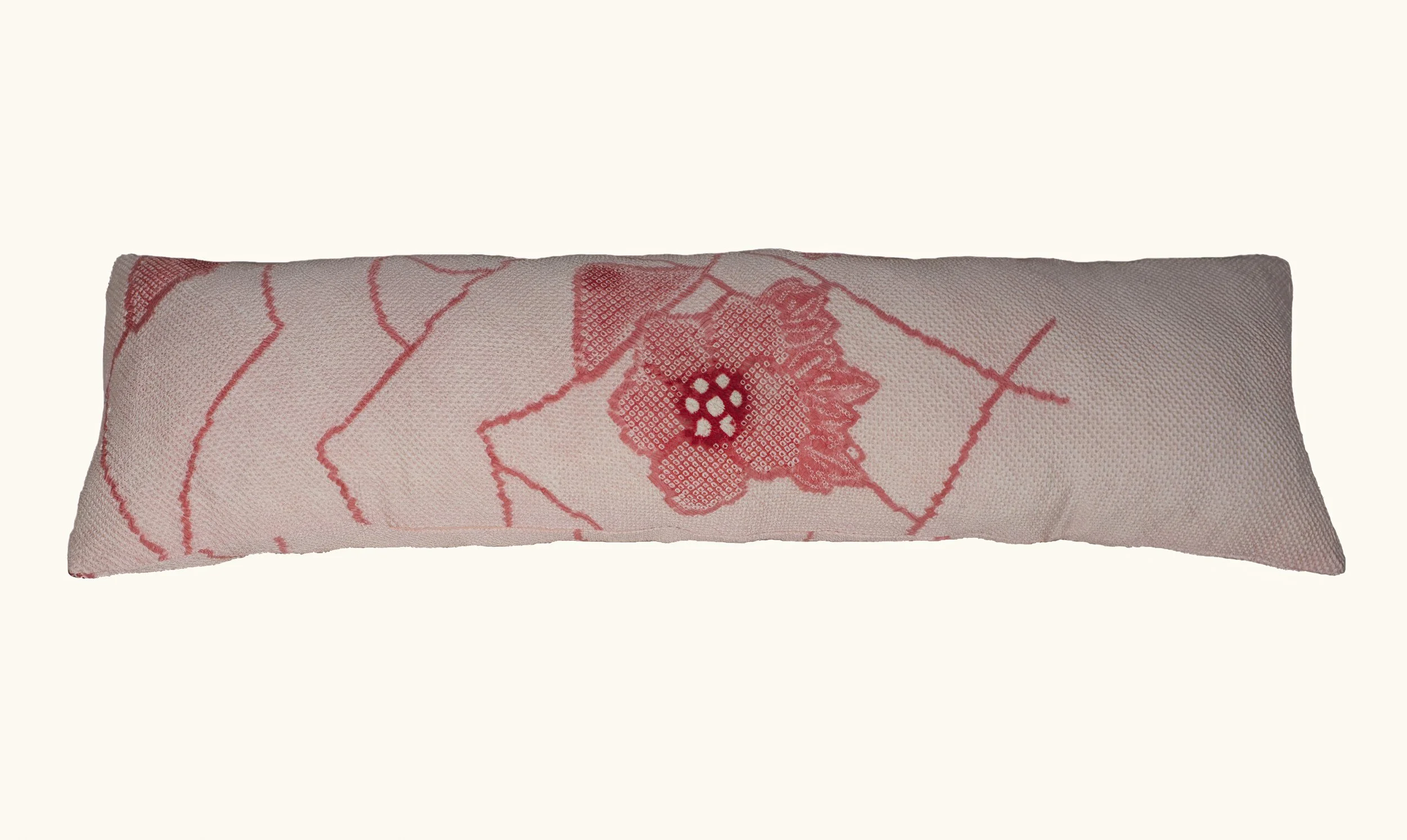Japanese Shibori Peony Silk Lumbar Pillow
Shibori Peony Silk Kimono Lumbar Pillow
Size: 103 x 32 cm (40-1/2 x 12-1/2 in.)
Pattern: Peony Flower in light / dark rosa Shibori technique
Pillow: 100% silk, Lining: 100% silk, hidden zipper, dry clean only
Insert: hypoallergenic polygiene (Polyester), 100% cotton, machine washable
Art. Nr. S-25
Shibori Peony Silk Kimono Lumbar Pillow
Size: 103 x 32 cm (40-1/2 x 12-1/2 in.)
Pattern: Peony Flower in light / dark rosa Shibori technique
Pillow: 100% silk, Lining: 100% silk, hidden zipper, dry clean only
Insert: hypoallergenic polygiene (Polyester), 100% cotton, machine washable
Art. Nr. S-25
Shibori Peony Silk Kimono Lumbar Pillow
Size: 103 x 32 cm (40-1/2 x 12-1/2 in.)
Pattern: Peony Flower in light / dark rosa Shibori technique
Pillow: 100% silk, Lining: 100% silk, hidden zipper, dry clean only
Insert: hypoallergenic polygiene (Polyester), 100% cotton, machine washable
Art. Nr. S-25
-
The origins of Kimono-like garments were introduced into Japan by Chinese diplomats during the Kofun period in 300 – 538 CE. Later, as immigration and cultural exchange flourished, the Kimono became popular and was adopted by the Imperial Japanese Court. During the Edo Period, 1603–1867 CE, Japan's culture and economy developed significantly with heightened displays of luxury and wealth. With this affluence came an elevated development of art forms, including clothing and opulent silk textiles.
Traditionally made of silk, the kimono developed into a highly praised art form with ever more complex silk weaves, using techniques, such as hand-printing, painting, embroidery and shibori, a traditional form of tie-dyeing. Every Kimono is an unique work of art -
is an intricate method of Japanese dyeing, first tying each tiny bit of the silk fabric with string to create precise cinched patterns in the fabric; the stitching is removed after dyeing. This method of dying requires great skill and is time intensive as each tiny element of the pattern is tied to achieve the intended pattern.


